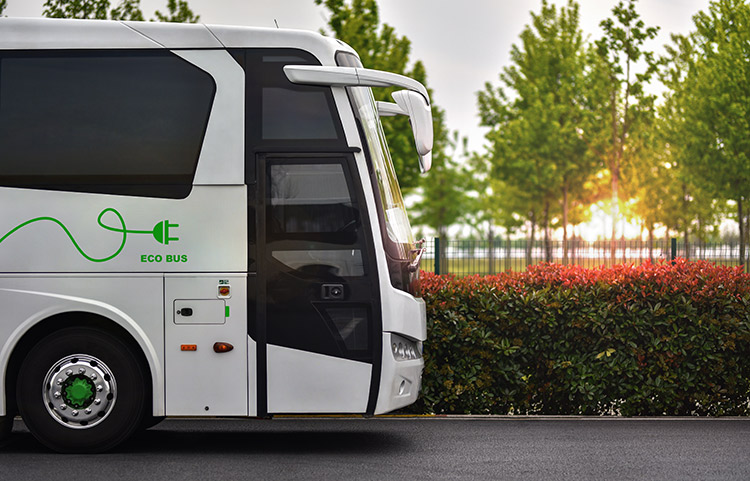03 September 2021 |
Towards hybrid transport: micromobility and integration with public transport
Urban transport is experiencing a revolution. Micromobility is totally transforming commuting in cities. The explosion of micromobility - with the increasing use of bicycles and electric scooters, and especially scooters - is totally transforming the way citizens move around. This phenomenon emerged before the pandemic in response to public transportation, traffic jams, and the need to reduce growing pollution. But there is no doubt that the current health crisis, and the fear of contagion in public transport, has accelerated it even more.
It is therefore evident that transport in cities is undergoing a great change, but its scope will also depend on how the habits of users evolve with regard to the pandemic. The new normality will be dominated by individual and electric mobility solutions, with a gradual recovery of public transport.
Experts agree on that the future will be marked by hybrid transport and the integration between micromobility or individual mobility and combined use with public transport. Both the use of traditional and electric bicycles as well as scooters or scooters are part of this global transport trend that is moving towards the integration of public transport and micromobility with the aim of achieving more personalized and less polluting transfers.
The great challenge of the present and the future of mobility is digitization and the development of technological platforms that integrate the different transport systems. An example of what the future may bring us is the comprehensive mobility platform RaaS (Renfe as a Service), recently presented by the railway operator, which will allow us to plan and access the means of transport we need through a single payment of one simple, reliable and secure way through our cellular phone. RaaS promises to integrate the widest possible offer of transportation available in the country. In addition to the train, it will offer users the possibility of buying metro tickets, urban and intercity buses, airplanes and ferries, hiring taxis, VTC, renting bicycles, electric scooters or a shared car. All through a single payment and without leaving the application.
But the changes that lie ahead do not end with integration and intermodality. Public transport also has to rethink its model. In this sense, the next great transformation of mobility would also involve intelligent public transport that the cities themselves could manage instead of buses that follow predefined routes. As a result, Shotl was born, a technological platform that allows public transport operators and cities to launch bus services on flexible demand.


